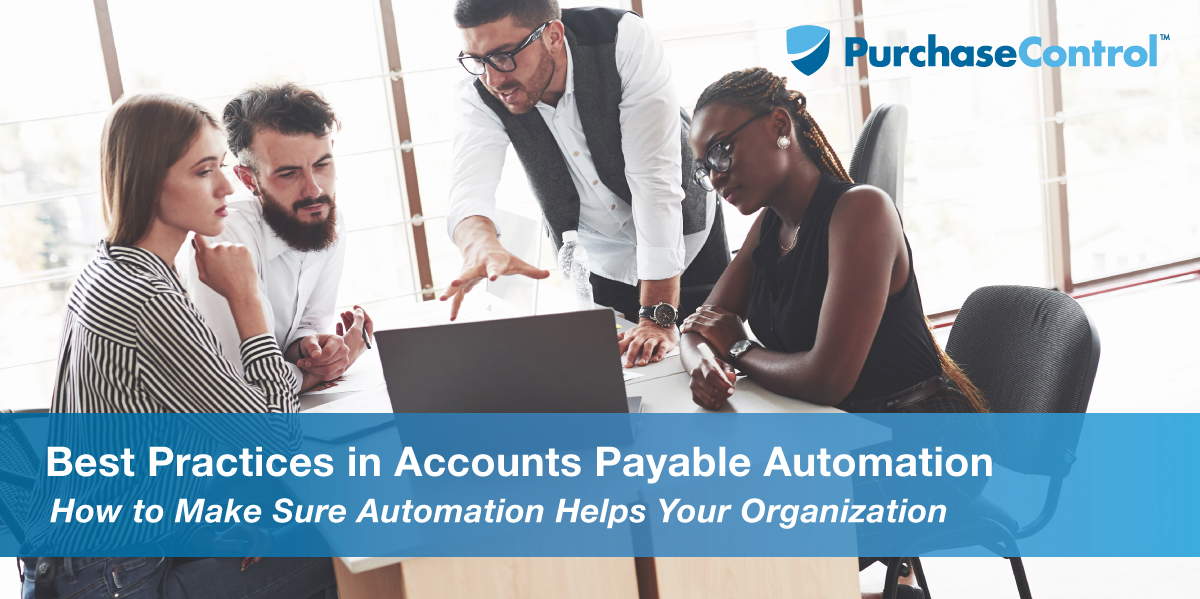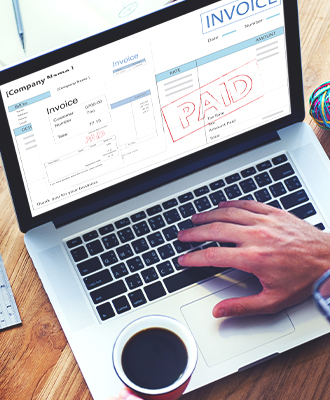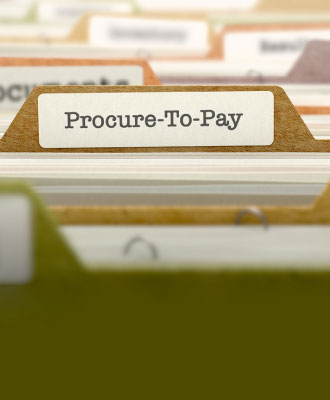Accounts Payable automation can improve workflows to increase productivity and save money. Unfortunately, it’s not as simple as choosing any workflow automation software and starting to use it. For the best return on investment, you must put thought and effort into designing the automation workflow and process. One way to do this is to keep best practices in mind as you get started.
Best Practices in Accounts Payable Automation
Assign Responsibility for AP Automation
Someone in your organization must be responsible for overseeing all the behind-the-scenes details of the software. This person is the point-of-contact for all dealings with software vendors, and once a choice is made, will be the one in charge of setting up the software during the implementation phase and handling analytics reports with suggestions for improvements.
This staff member will also be the internal point-of-contact if there are any issues with the automation software. They will manage the entire project to ensure the automation performance is the best it can possibly be and taking whatever necessary action to keep things running smoothly.
The person you chose must be able to steer things in the right direction, regardless of whether they have direct control over the required resources to do it. While they won’t have to deal with the day-to-day management responsibilities because those will go to management, they will have to address the optimization and monitoring issues.
Make Sure the AP Team is on Board
If you want to be successful with your AP automation efforts, it’s critical to get everyone in the AP department on board with the new processes before you start using it. When you have everyone’s support, implementing and using the automation software will be much easier.
Talk with those will be directly affected by the switch to a new system and make sure they understand how it will make things easier for them in the end. This may mean scheduling one-on-one conversations with them to get their feedback. Use their feedback as you go through the vendor selection process.
Remember, some of them may be averse to changing their accounts payable process, but most of the time, they will be happy with anything that makes their job easier in the long run. If your organization is still relying on paper invoices or has a long and complex approval process, be sure to highlight how the switch to automation will streamline everything and improve accuracy.
Make Changes Gradually
Once you learn everything you can automate, it may be tempting to bundle everything together and automate it all once. Yes, it’s exciting and can benefit the business, but it’s best to wait before you apply it to all your processes.
Automate in phases because improper setup can create more problems than automation solves. Though it means slower roll outs, it can reduce and even eliminate problems along the way. As you learn the processes, you’ll become better at it, allowing for easier automation of other processes in the future.
Think About the Tools You Already Use
Your team is already using a number of tools for their day-to-day AP operations. They could be anything from enterprise resource planning (ERP) tools, to document management tools, customer relationship management (CRM) platforms, and more.
Whether they are still relying on manual processes or are using an accounting system to handle their data entry and invoice processing, have the team provide you with a list of tools they’re using and why, so you can make a better-informed decision when it’s time to choose the supplier for your automation software.
“To make things easier, your workflow automation software should allow for seamless integration with the tools you’re already using. If your main choice doesn’t integrate, you just created a ton of additional work for your implementation team and the AP staff.”
Align Your Automation Process with Business Goals
The tool you choose needs to complement your team’s work, and by extension, your business goals. To accomplish this, take time to set goals and plan before you begin the automation process. Determine what you want and how you’re going to do it with the tool. For instance, will you increase the number of invoices you process by 1,000? 5,000? Are you going to reduce processing time from weeks to days? Are you looking to move away from time-consuming manual processes to create cost savings and simplify your payment process?
The clearly defined goals will help you determine how to move forward with the technology and may even guide your final vendor choice.
Pay Attention to Metrics
Even though you may want to implement the new automation system right away, it’s important to be sure you know what’s going with your current system. Look at your existing metrics so you can see what’s working and identify potential areas for improvement. You may find that you can eliminate certain steps and create something that runs more smoothly than you originally thought possible. Understanding metrics in the current situation will help you make actionable decisions.
Data is available in real-time, so you can keep an eye on cash flow, and accounting teams can see every action that’s been taken on the electronic files through the audit trail.
Become Familiar with the Cloud
If you’re not already using it for other things, becoming familiar with the cloud is necessary for AP automation, as your data will be uploaded to the cloud. Doing some research in advance can help you address issues that may crop up in the future. Generally, you should pay attention to security, disaster recovery, customization, segmentation, accountability, and flexibility.
Have a Backup Plan
Automation is technology, and inevitably, technology will fail from time to time. While automation technology is reliable more often than not, it’s essential to have a backup plan in the event that the software stops working – whether due to server outage or power outage.
Develop a backup plan with the team that involves people handling the automated tasks if and when a problem occurs. This way, business operations can continue rather than coming to a grinding halt if an issue arises.
Be Adaptable
Workflow automation generally intends to help you find where you can make process changes to make things easier, and then easily make those changes to improve performance. As such, you must prepare for different operations so you can implement those changes.
By tracking and testing metrics that inform the changes, you’ll get more insight into your accounts payable workflows.
Standardize Processes
The main reason many organizations turn to accounts payable automation software is that you can streamline various complex processes. Taking the time to standardize the fundamental aspects of AP such as invoice receipt, approvals, and GL coding helps to optimize overall business processes. Ultimately, this benefits your Accounts Payable department, it also benefits your vendors because there’s a faster procure-to-pay cycle that may even help you qualify for early payment discounts.
Investing in automation tools is one thing but getting the greatest possible benefit from it is another. There are additional best practices to consider but nailing these 10 is a great start to getting your team to make the most of the tool you’ve selected.
Ultimately, by switching to an accounts payable automation solution, you’ll be able to slash your invoice processing costs because the system will connect the purchase order to the invoice, allowing you to easily use three-way matching to compare line items to ensure you’re only paying for items you’ve ordered and received.
PurchaseControl can make things easier for your AP department when implementing best practices.
Find Out How








